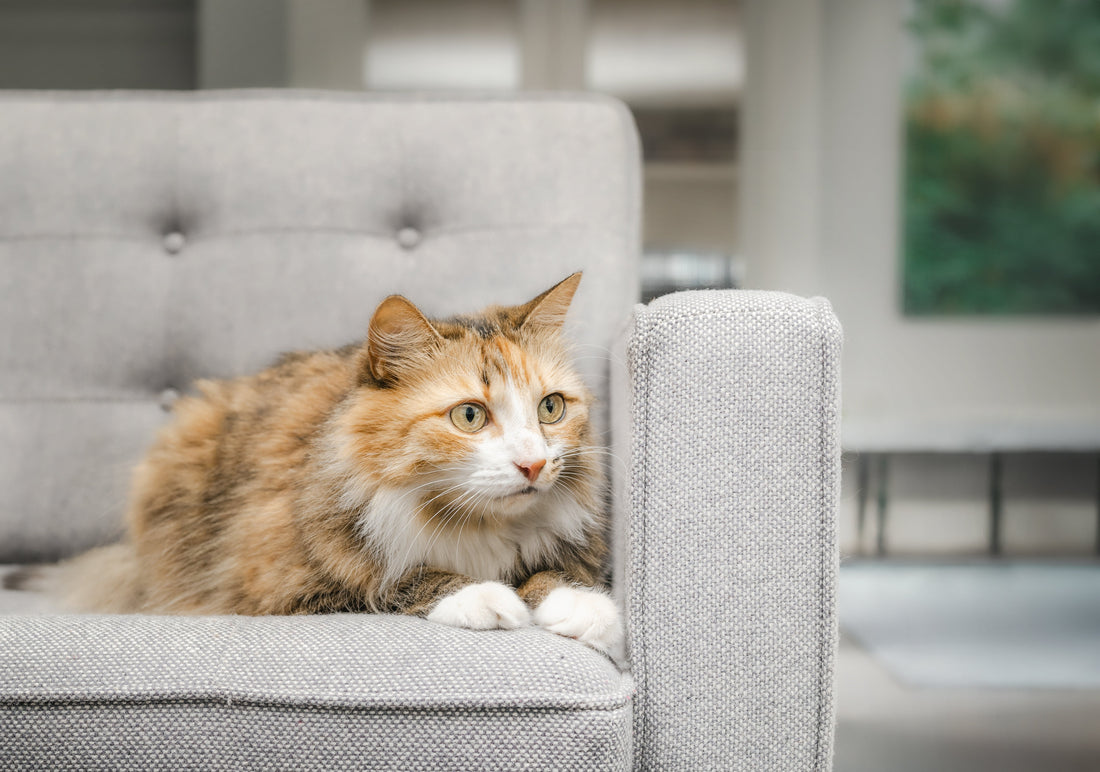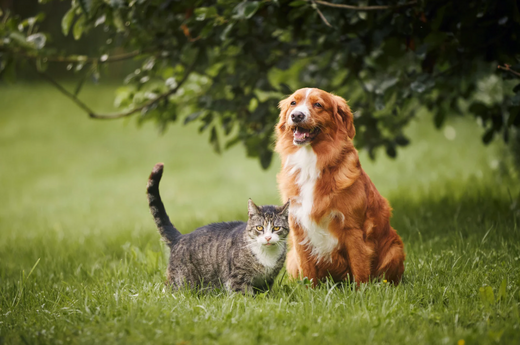Understanding your cat's body language and vocalisations is essential for recognising when they are experiencing fear. This guide will help you identify the signs of fear in your feline friend and provide tips on how to respond to their needs.
Recognising Fear in Feline Body Language
Cats communicate their feelings through a variety of body language signals. Recognising these signs can help you understand when your cat is scared and how to comfort them effectively.
Body Posture
A scared cat often adopts a defensive posture. They may crouch low to the ground, with their ears flattened against their head and their tail tucked tightly around their body. This position indicates that your cat feels threatened and is trying to make itself appear smaller to avoid confrontation.
Ears and Eyes
The position of your cat’s ears and eyes can tell you a lot about their emotional state. When a cat is scared, their ears will usually be pinned back against their head. Their pupils may also dilate, making their eyes appear larger. These changes help them to see better in a potentially dangerous situation and protect their sensitive ear structures.
Tail Signals
The tail is a significant indicator of a cat’s mood. A puffed-up tail or one that is tucked tightly between the legs is a clear sign of fear. If the tail is twitching or lashing back and forth, it may also indicate that your cat is feeling threatened or anxious.
Fur and Whiskers
When a cat is scared, their fur may stand on end, making them look larger and more intimidating. This reaction is known as piloerection. Additionally, their whiskers may be pulled back tightly against their face as part of their defensive posture.
Understanding Feline Vocalisations of Fear
In addition to body language, cats use a variety of vocalisations to express fear. Understanding these sounds can help you better respond to your cat’s needs.
Hissing and Growling
Hissing and growling are common vocalisations that indicate a cat is frightened or feeling threatened. These sounds are defensive and serve as a warning to potential threats to stay away.
Yowling and Screaming
Yowling and screaming are more intense vocalisations that indicate extreme fear or pain. If your cat is making these sounds, it is essential to identify and remove the source of their distress immediately.
Whimpering and Moaning
Whimpering and moaning are softer vocalisations that can indicate fear or anxiety. These sounds are often a plea for help or reassurance from their owner.
Purring
While purring is usually associated with contentment, some cats may purr when they are scared as a self-soothing mechanism. Pay attention to other body language cues to determine if your cat is purring out of fear.
Responding to Your Cat’s Fear
Helping your cat feel safe and secure when they’re scared is all about responding with care and understanding. Knowing how to ease their fear can make a big difference in their overall wellbeing and strengthen the bond you share.
Create a Safe Haven
First and foremost, give your cat a cosy, safe spot where they can retreat when they’re feeling anxious. Whether it’s a quiet room, a comfy bed, or a high perch where they can watch the world from a safe distance, having a designated place to relax can help them feel more secure.
Be Gentle and Patient
When your cat is scared, the last thing they need is to feel pressured. Avoid forcing them into situations that make them uncomfortable. Let them come to you when they’re ready, and steer clear of sudden movements or loud noises that might heighten their anxiety. Patience is key—your cat will feel more at ease knowing they can approach you on their own terms.
Try Calming Techniques
There are plenty of ways to help your cat feel calmer. Speaking to them softly, offering their favourite treats, or using pheromone sprays can work wonders in soothing their nerves. These small gestures show your cat that they’re in a safe space, surrounded by comfort and love.
Ease Into Triggers
If your cat has specific fears, like certain noises or new environments, gradual desensitisation can help them build confidence over time. Introduce the trigger slowly in a controlled setting, rewarding your cat with treats and praise as they start to relax. With patience and positive reinforcement, you can help your cat feel more comfortable and less fearful.
Seeking Professional Help
In some cases, your cat’s fear may require professional intervention. If their anxiety is severe or persistent, consider consulting with a veterinarian or a certified animal behaviourist.
Veterinary Consultation
A veterinarian can rule out any underlying medical conditions that may be contributing to your cat’s fear. They can also prescribe medications to help manage anxiety if necessary.
Behaviourist Support
A certified animal behaviourist can work with you and your cat to develop a customised plan to address their fear. This may include behaviour modification techniques and environmental changes to reduce stress.
Helping Your Cat Feel Secure
At Healthy Pet Co., we are committed to providing you with high-quality, vet-approved products and valuable information to support your pet's health and happiness. For more tips on caring for your feline friends, visit our blog and explore our resources. Together, we can help your pets thrive in a safe and loving environment.




